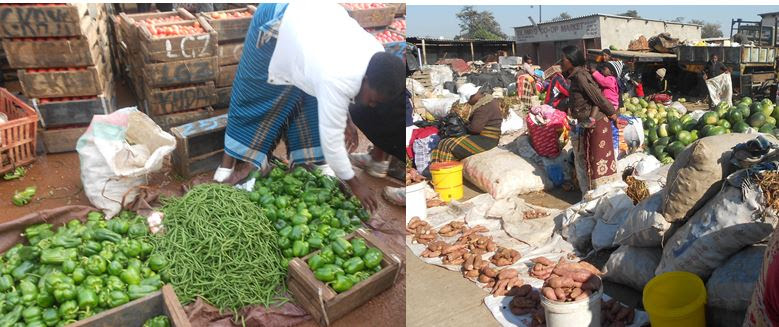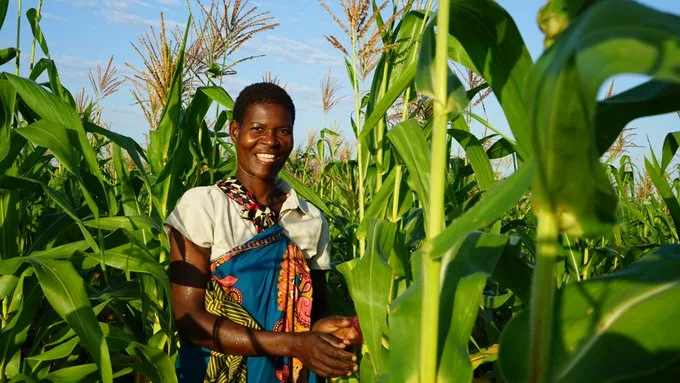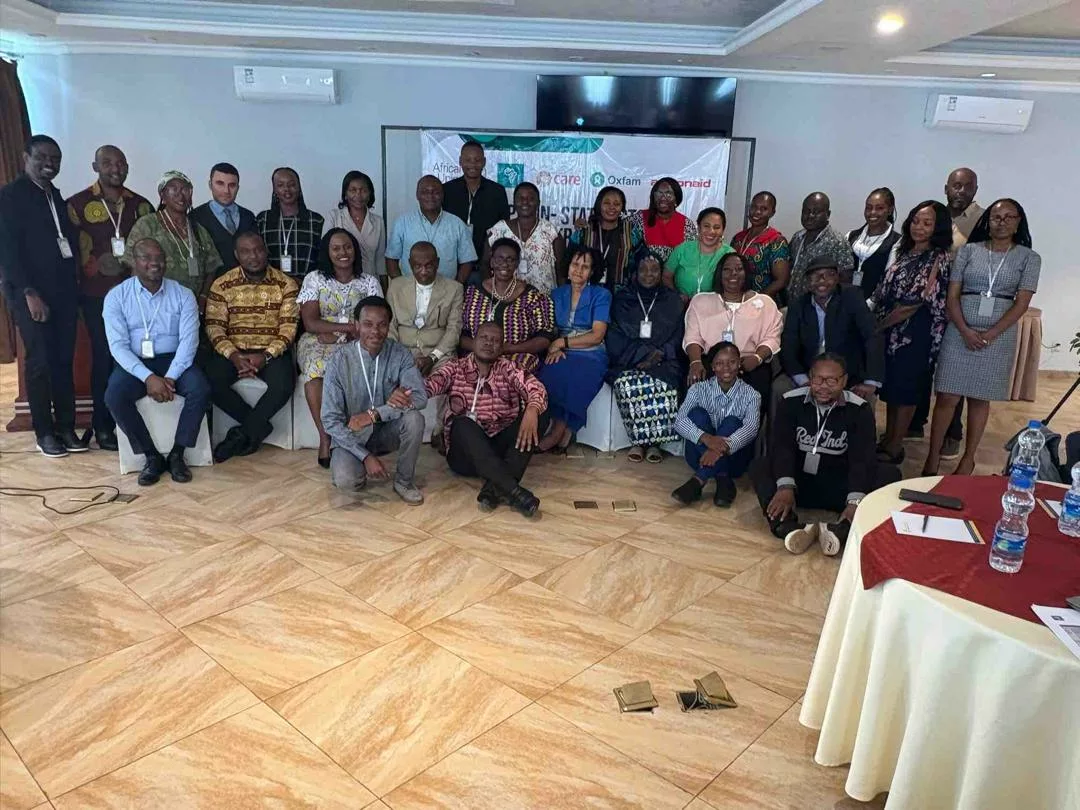A significant proportion of African smallholder farmers no longer waste their energy and resources producing commodities that do not have a market. Buyers who suddenly start looking for tons of sesame, peacocks and other commodities that do not have a ready market are blind to the fact that farmers have learned the hard way to establish demand first rather than produce and wait for the market.
Several farmers across Africa have sad stories of being persuaded by predatory contractors to produce particular commodities only for the contractors to disappear when the crop is ready for the market, leaving farmers stuck with commodities which do not have alternative markets. That is why financial institutions, processing companies and new contractors are finding it hard to introduce new models without first healing farmers’ economic wounds.
Farming systems and local markets are an extension of farmers’ brains
To the extent most farmers do not keep detailed records of their practices, preferring to rely on collective community knowledge and markets, local communities and markets have become an extension of farmers’ brains. While recording is good for gathering historical facts and figures, farming communities and markets are superior at keeping information and knowledge fresh and fluid. Farmers who do not visit the market or get information from the market regularly, have gaps in their brains.
If physical brains were the main reservoir for all the knowledge required for farming communities to function and cope with challenges, most communities would have become extinct. To compensate for memory loss and overwhelming details which individual farmers may not keep in their brains forever, most of the knowledge is kept in devices such as seed, farming implements, mobile phones, soils, barter trading systems, micro climates, value addition tools, forests and relationships. All this knowledge cannot be documented into a book without losing context and freshness. The best way to preserve knowledge is keeping it fresh and fluid in ecosystems which functions as a resilient scaffold.
Documentation is not everything
Artisans like those possessing rich expertise in pottery, value addition, carpentry, basketry and skin hides do not often produce manuals on how they do their art. Their knowledge is kept in raw materials used to produce their works of art.
Such raw materials include appropriate soils for pottery work, appropriate fruits for beer brewing, specific trees for producing yokes and other forms of woodwork, relevant grasses for weaving baskets, and animal skins from which drums, straps, and different types of ropes can be fleshed out. Some of the knowledge is embedded in tools used to produce these valuable works of art.
Tools help people to think and they are part of knowledge ecosystems. To a large extent, a lot of knowledge can only be called up through agricultural tools like tractors, ploughs, weighing scales, and containers like crates or tins, among many others.
Extension programs that over-emphasize manuals and writing tend to under-estimate the role of the ecosystem, tools, and other external devices that scaffold knowledge and food production practices. There is no doubt that farmers’ thought processes, knowledge, and practices are intimately linked to their ecosystems or environments.
To that end, destroying ecosystems and environments through industrial agriculture, monoculture, and excessive importation is a deadly blow to knowledge systems. When exotic vegetables and fruits invade local communities, indigenous knowledge embedded in local vegetables and fruits also disappears. Overlooking the environment’s role in shaping people’s knowledge is retrogressive.






